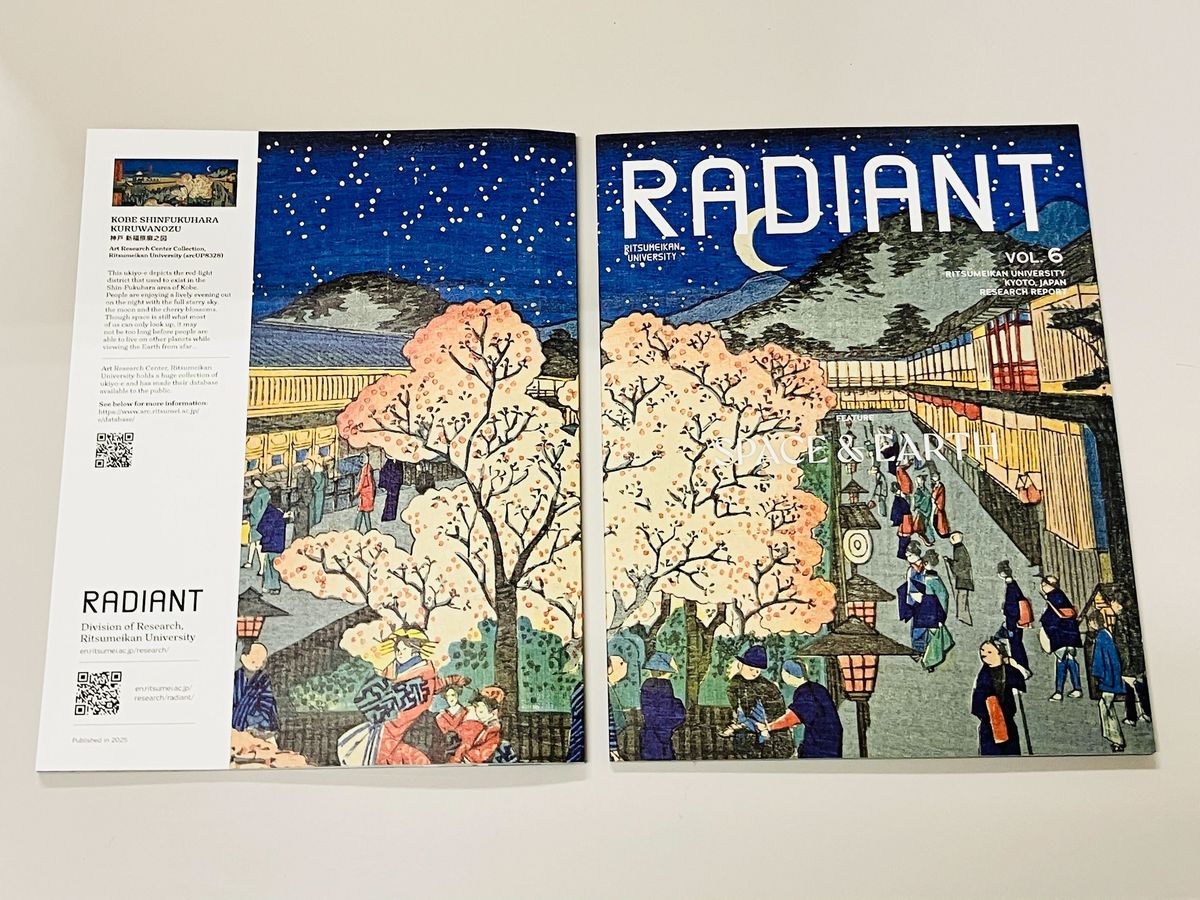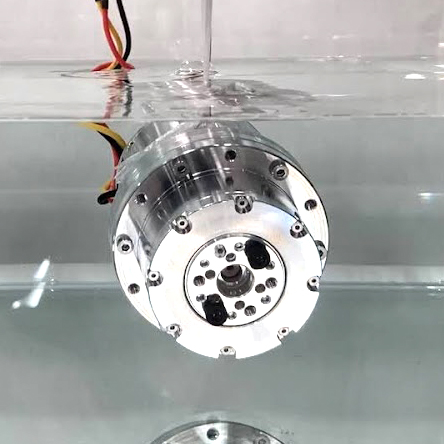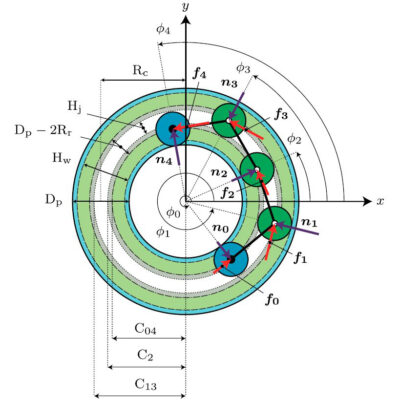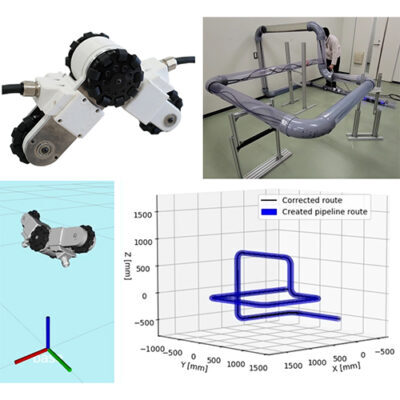立命館大学の研究広報誌RADIANTの英語版「Space&Earth」にて,環境都市工学科小林泰三研究室と共同で当研究室が進めている月面地盤調査ローバーの取り組みが紹介されました.理工学部環境都市工学科の小林泰三教授と川崎佑磨准教授と共に応じたインタビューの文字起こし形式となっています.
Towards Realization of Human Activity on the Moon | RADIANT | Ritsumeikan University
Space development has three phases. Phase one focuses on the scientific observation and exploration, phase two comprises the building and maintenance of the humanosphere, and phase three concentrates on building a living environment and the realization of a worthwhile life. We are mainly focused on phase two. Several places on the Earth and in space are uninhabitable by humans. Our goal is to explore these uncharted areas and make them habitable for humans. Professor Taizo Kobayashi, Associate Professor Atsushi Kakogawa, and Associate Professor Yuma Kawasaki of the College of Science and Engineering have been working on unmanned construction technology to build the infrastructure essential for human survival, including the first lunar base on the Moon’s surface.
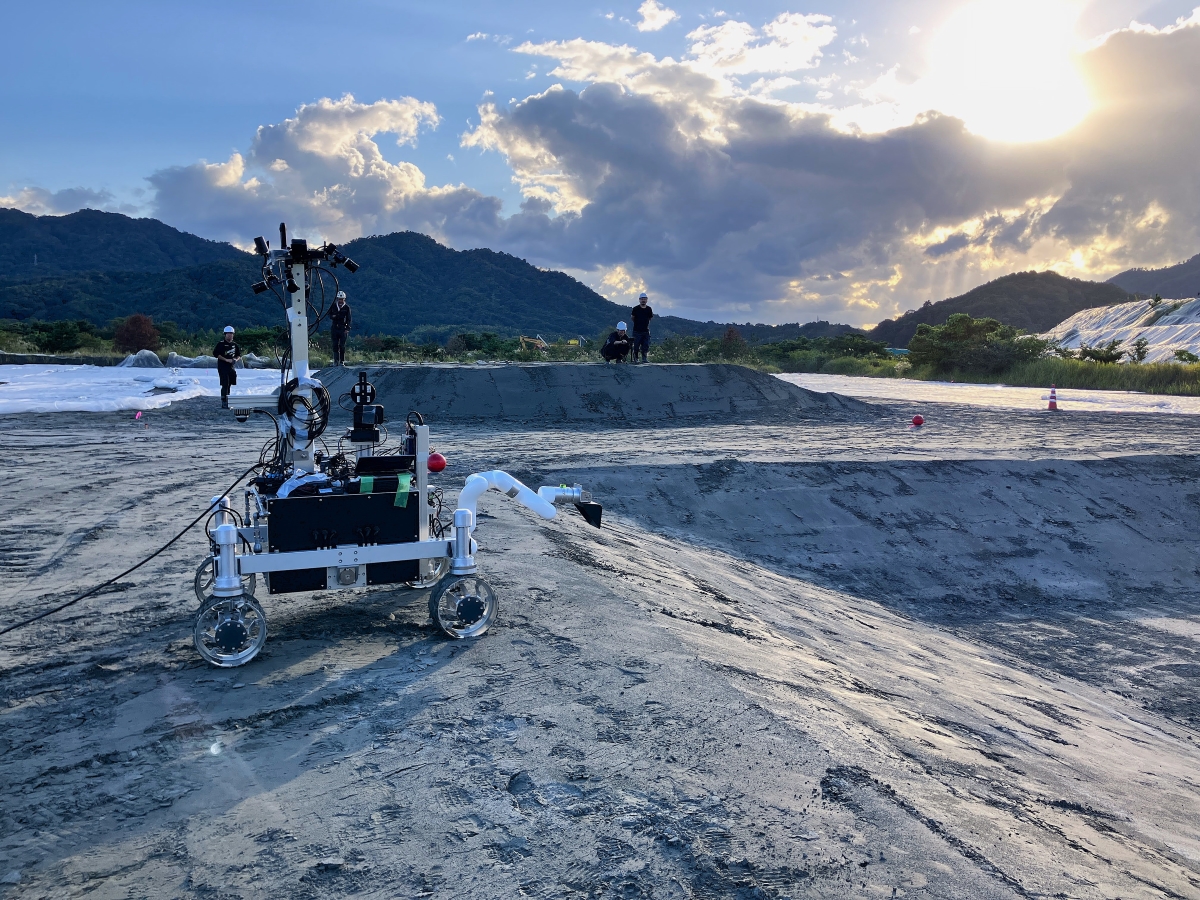
月面地盤調査ローバー
月面はレゴリスと呼ばれる微粉末材料で覆われています.月のレゴリスの特徴はまだ完全には解明されておらず,地形,地質,土壌の力学特性には多くの...
本記事は冊子にもなっています.是非ご覧ください.
